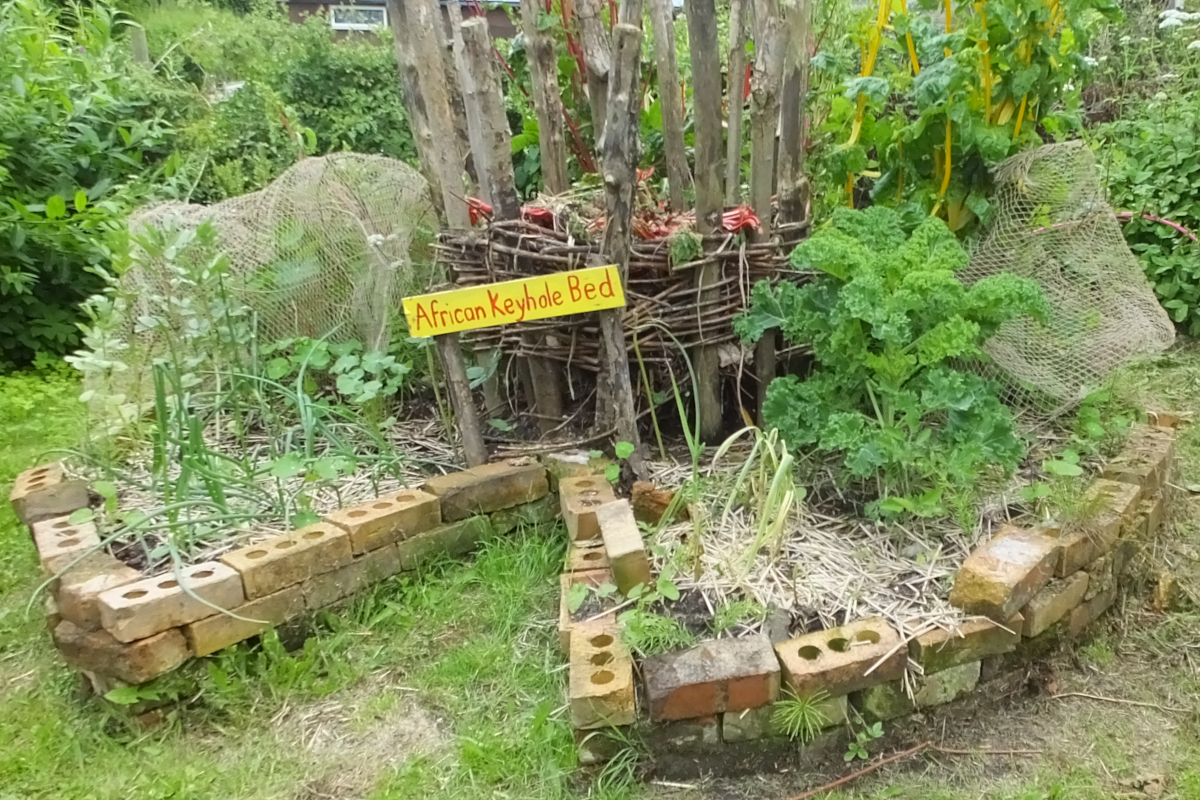Keyhole Gardening: What You Need to Know to Get Started
Hello, my friend, hello again; today we come together to talk about Keyhole Gardening: What You Need to Know to Get Started and hope the blog can help you.
Even with less-than-optimal soil, you can grow a bumper crop of healthy fruits and vegetables with this unique garden design.
Shaped like an old-fashioned skeleton-key lock, keyhole gardens were developed to help folks with less-than-super soil grow nutritious produce. They were first established in the 1990s for residents of Lesotho, a small nation in southern Africa subject to frequent droughts and soil erosion. Keyhole gardening proved successful in providing a reliable source of food for the people of Lesotho, and the concept has spread across the globe.
A small garden built with the keyhole design offers easy access to weeds and harvests. This small garden also is sustainable because it includes a compost cage in the middle. As it breaks down, the compost leaches organic matter and nutrition out the bottom into the soil, says Matt Bochat, county extension agent for agriculture and natural resources in Victoria County, Texas.
Read on to learn more about how these small, smart gardens work—and get tips from Bochat on starting and maintaining your own keyhole garden.
What is Keyhole Gardening?

Also called a composting garden bed, a keyhole garden is considered a type of permaculture (permanent agriculture) because it’s sustainable and regenerative. The traditional keyhole garden is a raised circular garden bed with a wedge-shaped cutout that allows easy access to the center of the garden, where a simple cage serves as a compost pile within the garden. The cage is filled with yard and kitchen waste, which decomposes and releases vital nutrients into the rest of the raised garden.
Rainfall and watering of the garden bed/compost help leach the nutrients from the compost and spread them through the soil, helping plants thrive without the need for added commercial fertilizers. Because the soil is highly nutritious, you can grow more plants in the space than you can in a traditional garden.
The reason the garden is raised is twofold: It promotes adequate drainage, so the soil remains moist, but not soggy, creating an optimal growing environment. Second, tending to plants or harvesting food or flowers requires less bending and stooping.
Benefits of Keyhole Gardens
Combining composting with a garden bed makes good sense, and there are plenty of other keyhole gardening benefits to consider. According to Bochat, the top benefits are:
- Good production in little space, which is a plus for those with small yards or small sunny areas in their yards.
- There is little to no need to add fertilizers.
- It provides an outlet for composting green and certain food wastes.
- It’s an aesthetically pleasing way to add edible gardens to a landscape.
Keyhole raised garden beds are good solutions for growing edibles where soil is otherwise poor, since gardeners can fill the bed with a high-quality soil mix and then continue to replace nutrients through the compost component. In addition, when compared to a traditional garden, a keyhole garden can be a more ergonomic and convenient choice for gardeners because of its raised height.
How to Build a Keyhole Garden
Before you begin your keyhole garden design, select a spot and prep the soil that will form the base layer. This is relatively simple; there’s no need to till deeply or level the ground completely. Then you will design the garden and build its walls, as well as a compost bin for the center, before filling the bed with soil.
Pro tip: Scour your yard and shed for materials you can repurpose into a compost bin or walls.
Tools & Materials
Bobvila.com may earn a commission from purchases made through these links.